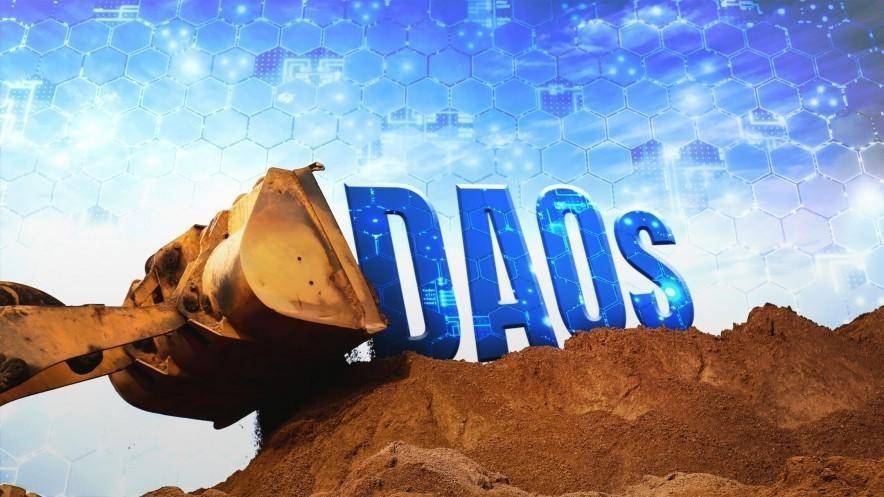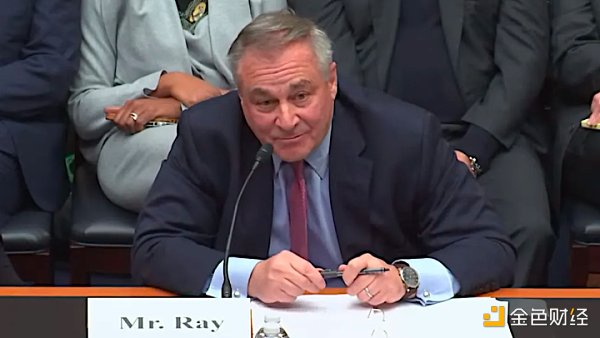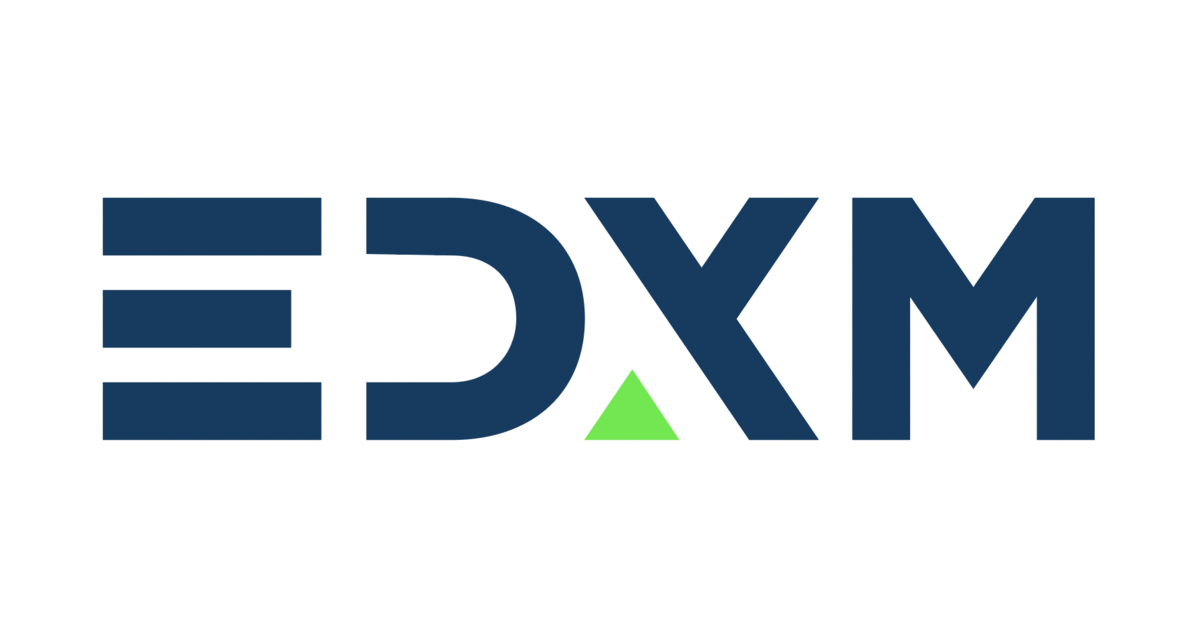When DAO revived for a year, someone combed the global DAO
In 2016, The DAO was hacked and lost up to $ 70 million, and then we fell into the trough of DAO discoloration. On February 14, 2019, MolochDAO was launched. Its simple and elegant contract mechanism reignited DAO, and DAO began to revive its rise.
A year passed in a blink of an eye. During this year, many stories happened in the world of DAO, and many milestone projects or DAOs were born. During this time, I have been preparing an article to summarize the DAO world in this year. What happened, and my personal expectations for the future, before that, I will share with you a simple combing made by Mike Dalton for us, and be my prelude.
By the way, I personally think that Mike Dalton's outlook on the future of DAO is slightly conservative. DAO is releasing its unlimited energy, but we haven't noticed yet, just as the idiom: Thick accumulation! —— Typto
Original author: Mike Dalton
- Why can Bitcoin still rise after plunging again and again?
- The industry should choose the blockchain, and the language should choose Go? 2020 Software Engineer Career Guide
- Bitcoin breaks $ 10,000 mark, halving effect or continued fermentation
Translation: Typto

DAO can transform blockchain projects into decentralized organizations, so which projects are using this model?
A decentralized autonomous organization (or DAO) is a blockchain organization that runs automatically. Unlike traditional companies, they do not rely on a command system or a central authority, but make decisions based on smart contracts and code, and their decision-making results are mainly achieved through the procedures they design.
Of course, DAO is not completely immune to human influence. It allows everyone to post proposals in an organization, vote on decisions, get funding, and play various roles. The important thing is that no one can control the DAO, erase the DAO's program, or obscure its activity record. In short, DAO is transparent and requires no trust.
This definition reflects the key values of many blockchain advocates, but it barely mentions the practical use of DAO. To find this, it is necessary to look at the projects that are using the DAO model, and fortunately, there are dozens of projects that are introducing this concept in new directions.
Early DAO
The most basic DAO allocates funds and makes governance decisions within the project. Dash is one of the earliest examples. Like Bitcoin, Dash also issues rewards to miners and nodes, but at the same time, Dash also reserves 10% of all rewards for development and distributes them by voting. This difference makes Dash a A DAO.
Bitshares and Digix are two other early DAOs. The former was crypto financial services and the latter was a platform for ownership of gold shares. Although these platforms are quite different in practical applications, they are considered DAOs because they rely on voting to make decisions and allocate funds within the project.
related articles:
- Two diamond miners collaborate on blockchain diamond tracking plan
- Singapore launches renewable energy blockchain certification market
Community Fund
Many DAOs today are working to allocate funds more freely than traditional institutions. MolochDAO is the most typical example.Although it does not participate in the blockchain governance of Ethereum , it can provide community funding for the Ethereum project (through a system of proposal, voting and mortgage).
Since its launch in March 2019, MolochDAO has been forked into multiple DAOs with different goals. MetaCartel is committed to funding the application layer and UX of Ethereum, while Marketing DAO is committed to increasing the visibility of the Ethereum brand, and supporters of politician Andrew Yang have even established a YangDAO to fund projects of interest to them.
Scalable platform
Some DAOs are not just a single DAO, they can also be used as infrastructure for other DAOs. Aragon provides users with an easy way to create a DAO. Although it can be used for a company, it can also be used for individuals , for example, a couple can create a shared encrypted account. To date, more than 900 DAOs have been created on Aragon .
Another similar project is DAOstack . Although its focus is on asset management, it can also be used for hiring employees, project decisions, and content quality assessments. Like Aragon, DAOstack also provides a simple user interface , but the user scale of DAOstack is smaller than Aragon. Currently, only a few DAOs are settled.
Limited Liability DAO
DAOs usually operate independently of regulations, but this is not necessarily the case. Some DAOs also exist in traditional enterprises. These DAOs are called limited liability DAOs (also called LAOs). Of course, LAOs are controlled by law, but this is quite attractive for companies that want to engage in blockchain business in a legal and compliant manner.
dOrg is one such type of project, which creates compliance with smart contracts by creating a legitimate corporate entity. Another project is the LAO being built by OpenLaw , which will officially fund Ethereum startups when it officially runs. In addition, MolochDAO also features LAO, which supports legal contracts, security tokens, and other compliance tools.
Other types of DAO
Recently, several DAOs with unique goals have appeared. MakerDAO allows stakeholders to vote on issues and fee changes related to the MakerDAO mortgage stablecoin issuance system. Unlike Tether and many other stablecoins, MakerDAO ’s Dai (made by MakerDAO) The stablecoin) can remain anchored to the exchange rate of the US dollar without the need for a central agency to store funds.
However, this is just the beginning. Emerging DAOs are constantly rising. What StakerDAO has to do is to automatically bet certain cryptocurrencies based on the voting results and distribute rewards to participants. At the same time, Gnosis and DeVersifi are developing dxDAO and necDAO, both of which aim to minimize the role of traders in exchanges.
The future of DAO
DAOs are not perfect, they are vulnerable to attack, just like other systems, whether it is based on blockchain technology or not. In 2016, a pivotal DAO on Ethereum was hacked and lost up to $ 70 million. But even without security flaws, DAO faces many problems: MakerDAO has a low voter participation rate, and DigixDAO will dissolve if needed .
Fortunately, DAO has many advantages over traditional companies. As mentioned above, in addition to decentralized and open and transparent designs, they have endless use cases. DAO may not replace traditional companies, but they may You will get some loyal users from the password community.
Original address:
https://www.bitrates.com/news/p/digging-deep-into-daos-what-are-blockchain-organizations-used-for
We will continue to update Blocking; if you have any questions or suggestions, please contact us!
Was this article helpful?
93 out of 132 found this helpful
Related articles
- Perspective analysis 丨 the bottlenecks and solutions of staking projects
- $ 12,000! This is the lowest price for miners to continue to profit after halving
- Hardcore! Blockchain helps to warn of infectious diseases!
- Explain the centralization, distribution, decentralization, and state machines in Trisomy from the epidemic prevention and control
- Swiss authorities "no longer friendly" to cryptocurrencies? New regulations require crypto transactions over $ 1,000 to be reviewed
- Japan's Financial Services Agency: Crypto investment vehicles are not investment trusts
- Mankind's largest collaboration, "epidemic" and blockchain thinking






